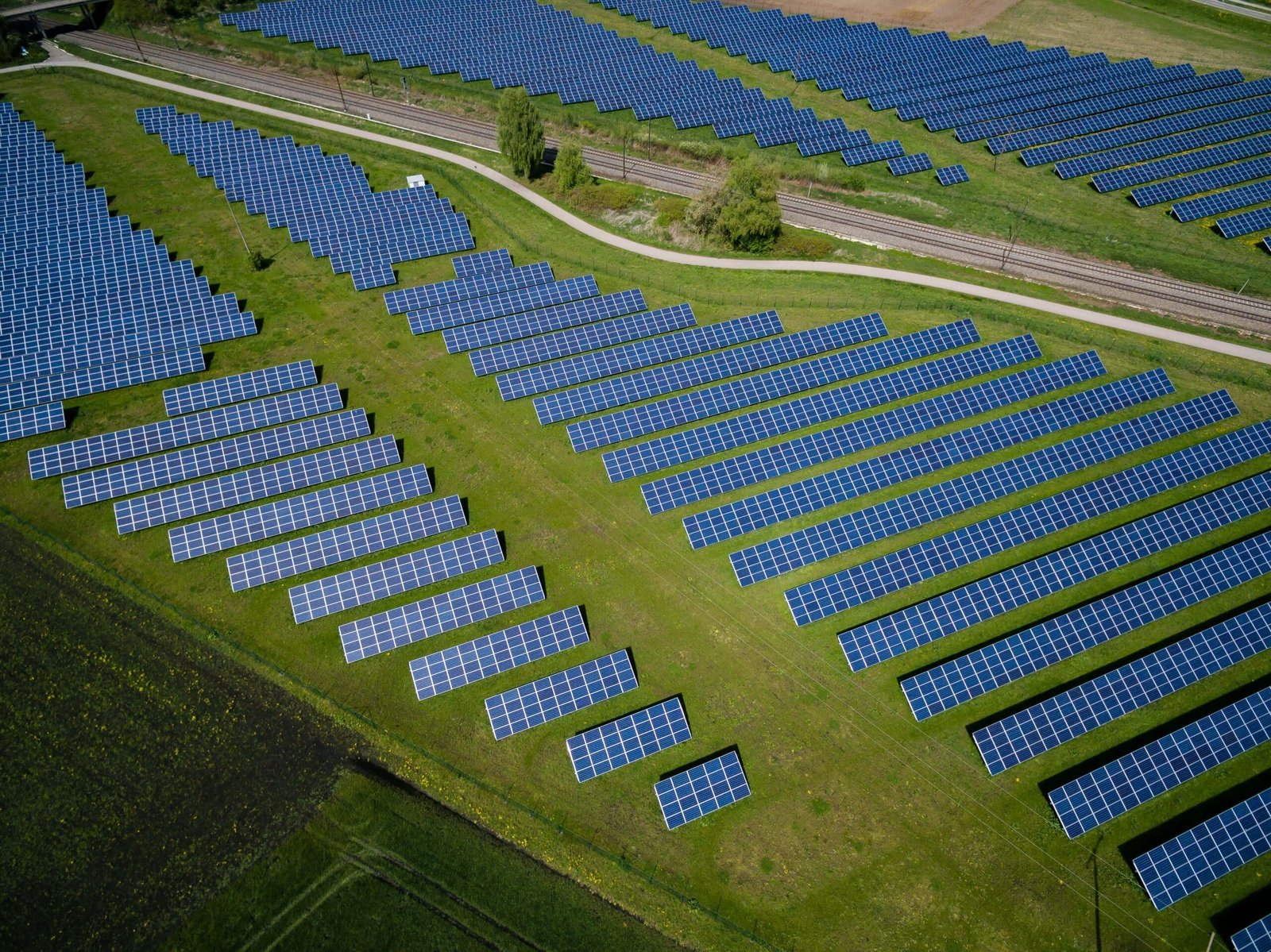Introduction Improve Solar Panel Efficiency
Solar energy is a clean and renewable source of power that is becoming increasingly popular around the world. Solar panels, also known as photovoltaic (PV) panels, are the key components in harnessing solar energy. However, the efficiency of solar panels can vary, and maximizing their efficiency is crucial for maximizing the energy output. In this article, we will explore some practical ways to improve solar panel efficiency.

1. Optimal Placement and Orientation
- The placement and orientation of solar panels play a significant role in their efficiency. To maximize the amount of sunlight they receive, it is important to place solar panels in an area with minimal shading throughout the day. Even a small amount of shading can significantly reduce the overall efficiency of the panels.
- In addition to avoiding shading, the angle and orientation of the panels should be optimized for the specific location. In the northern hemisphere, panels should ideally face south to capture the most sunlight. The tilt angle should also be adjusted based on the latitude of the installation site to maximize energy production throughout the year.
2. Regular Cleaning and Maintenance
- Dirt, dust, and debris can accumulate on the surface of solar panels over time, reducing their efficiency. Regular cleaning and maintenance are essential to ensure optimal performance. Cleaning can be done with a soft brush or sponge and mild detergent mixed with water. It is important to avoid using abrasive materials or harsh chemicals that could damage the panels.
- In addition to cleaning, regular maintenance should include checking for any signs of damage or wear, such as cracks or loose connections. Any issues should be addressed promptly to prevent further deterioration of the panels’ efficiency.
3. Upgrading to High-Efficiency Panels
- Advancements in solar panel technology have led to the development of more efficient panels. Upgrading to high-efficiency panels can significantly increase the overall energy output. These panels are designed to convert a higher percentage of sunlight into electricity, resulting in greater efficiency.
- When considering an upgrade, it is important to compare the efficiency ratings of different panels and choose the ones that best suit your needs and budget. While high-efficiency panels may have a higher upfront cost, the long-term energy savings can outweigh the initial investment.
4. Using Solar Trackers
- Solar trackers are devices that allow solar panels to follow the movement of the sun throughout the day. By continuously adjusting the angle and orientation of the panels, solar trackers can maximize the amount of sunlight they receive. This can significantly improve the efficiency of the panels, especially in areas with a wide range of sun angles throughout the day.
- There are two main types of solar trackers: single-axis and dual-axis. Single-axis trackers move the panels along one axis, typically from east to west, while dual-axis trackers can adjust the panels in both horizontal and vertical directions. The choice between the two depends on the specific requirements and budget of the installation.
5. Enhancing System Design and Configuration
- The overall system design and configuration can also impact the efficiency of solar panels. This includes factors such as the type and quality of the inverters, wiring, and other components used in the solar power system. Choosing high-quality components and ensuring proper installation can help minimize energy losses and maximize the overall efficiency.
- In addition, optimizing the size and capacity of the solar power system based on the energy needs of the property can help achieve better efficiency. Oversizing or undersizing the system can lead to suboptimal performance and reduced energy output.
Final Thoughts
Improving solar panel efficiency is essential for maximizing the energy output and the return on investment of a solar power system. By optimizing the placement and orientation of the panels, performing regular cleaning and maintenance, upgrading to high-efficiency panels, using solar trackers, and enhancing the system design and configuration, it is possible to significantly improve the efficiency of solar panels. These steps can help individuals and businesses make the most of solar energy and contribute to a more sustainable future.








